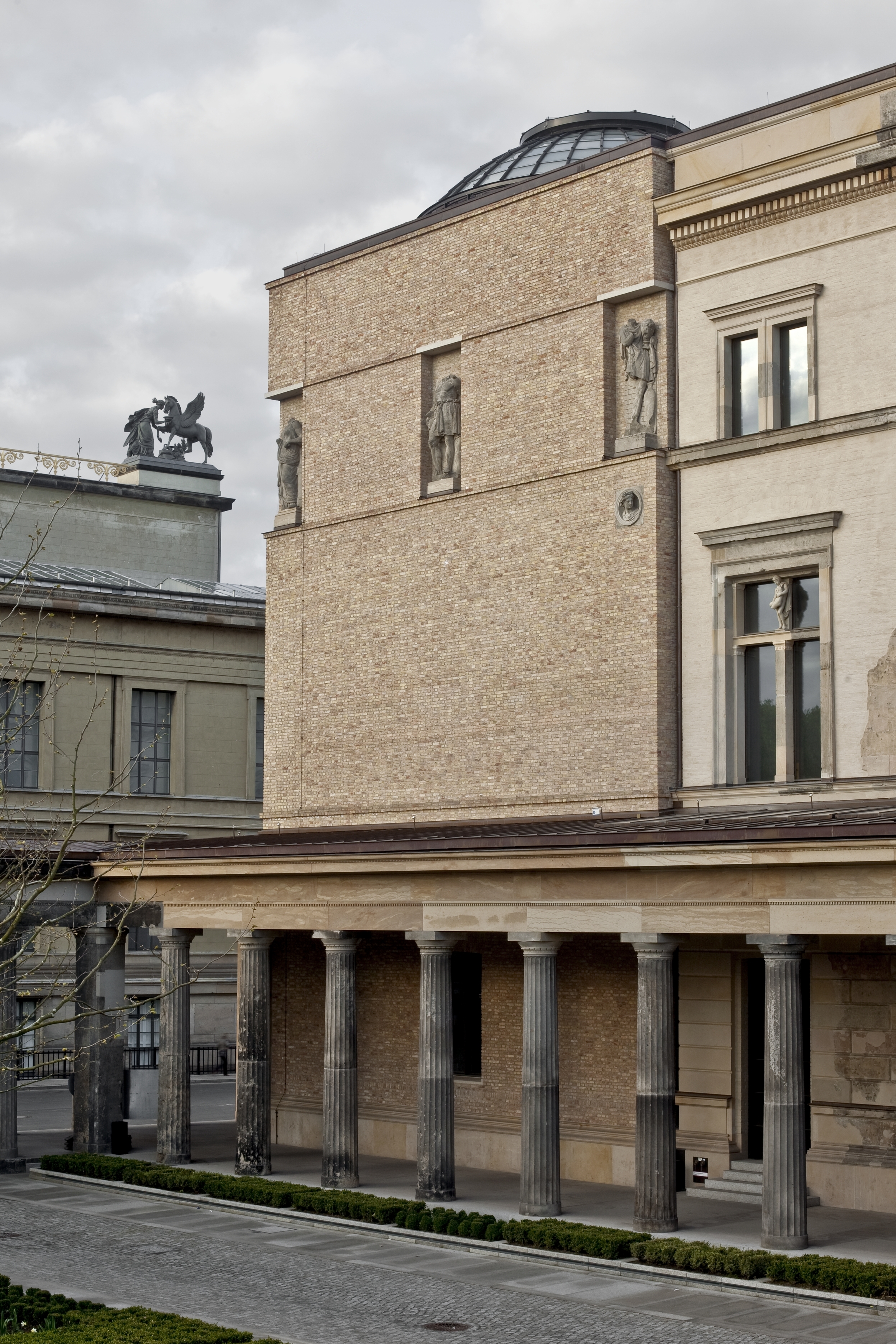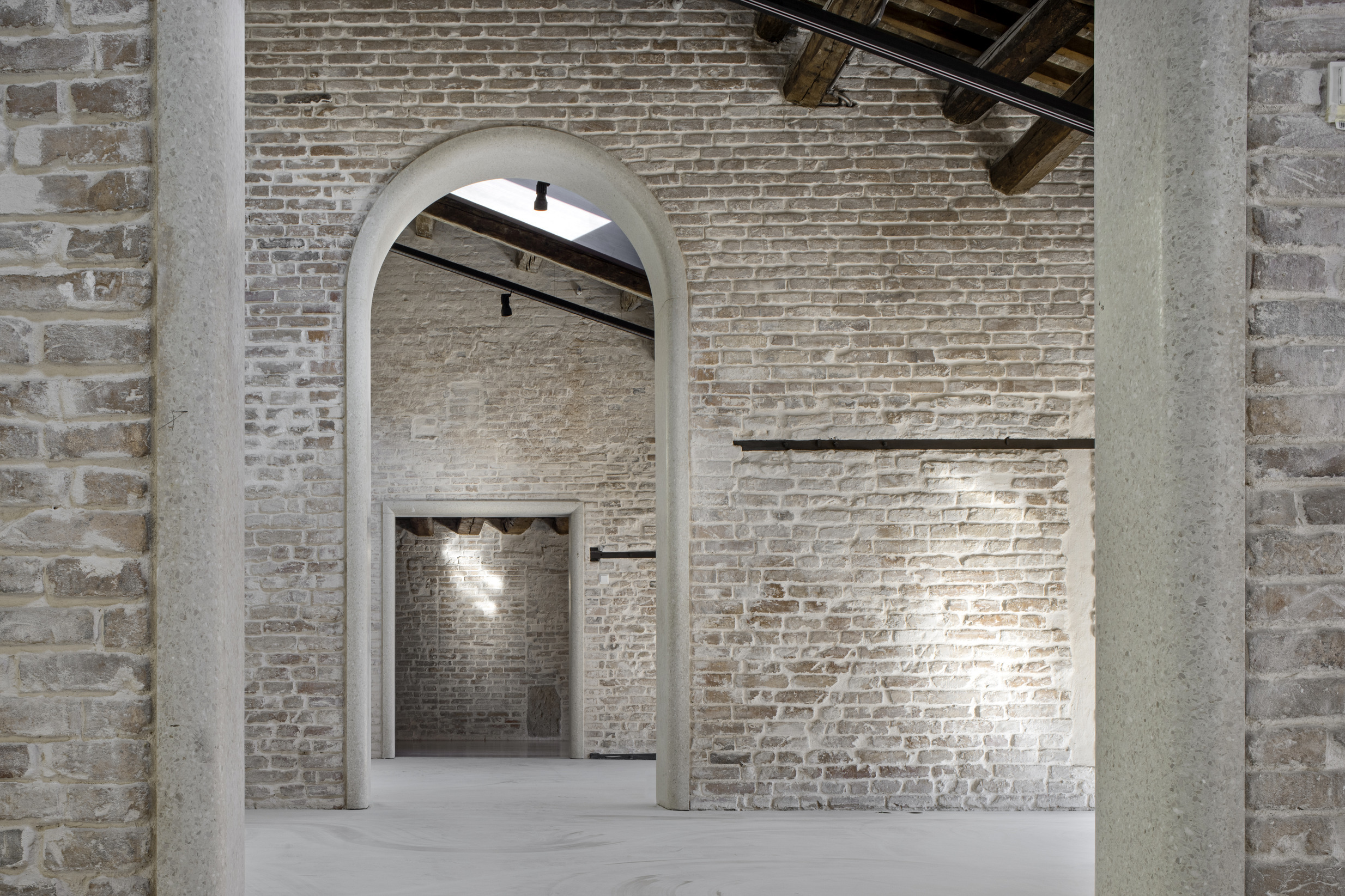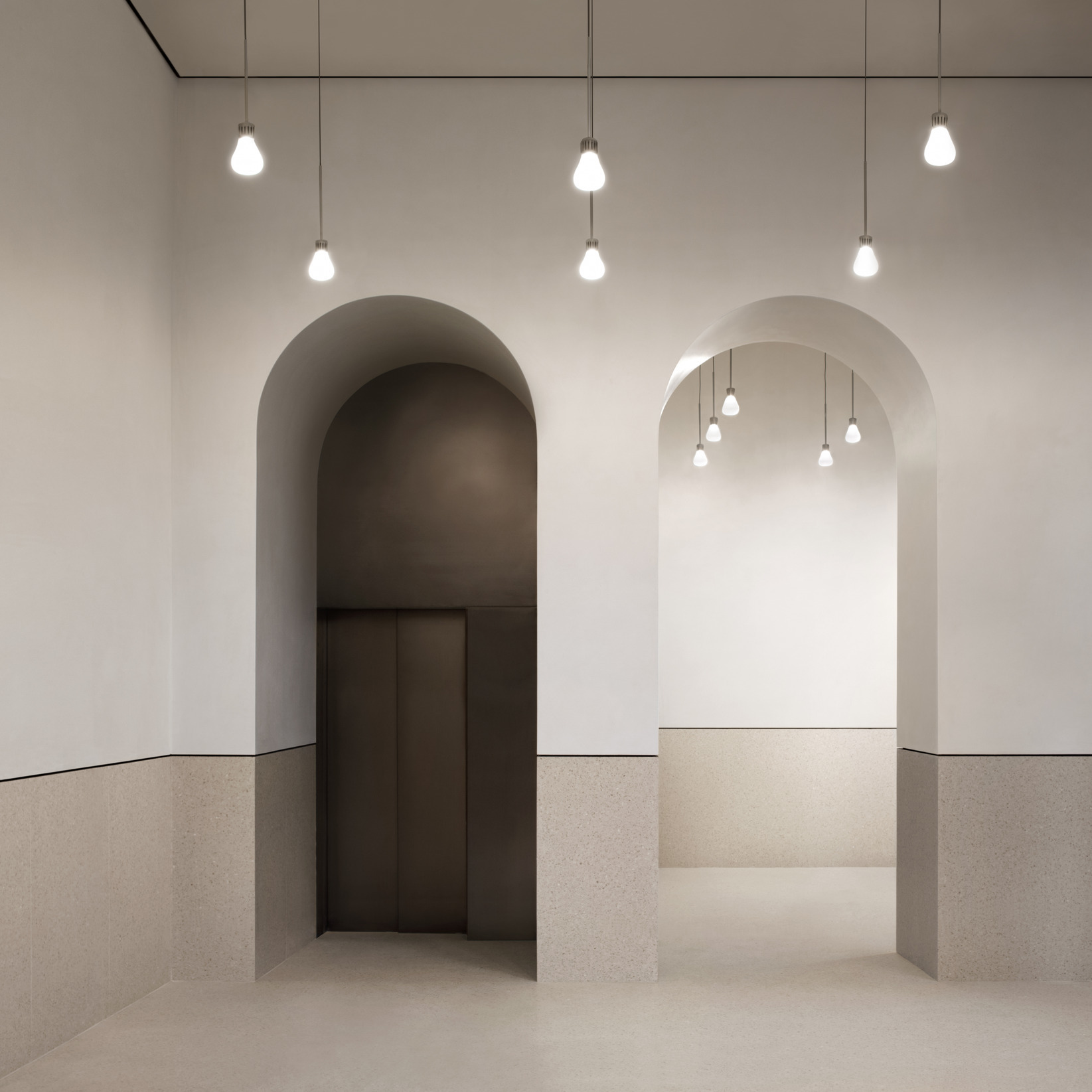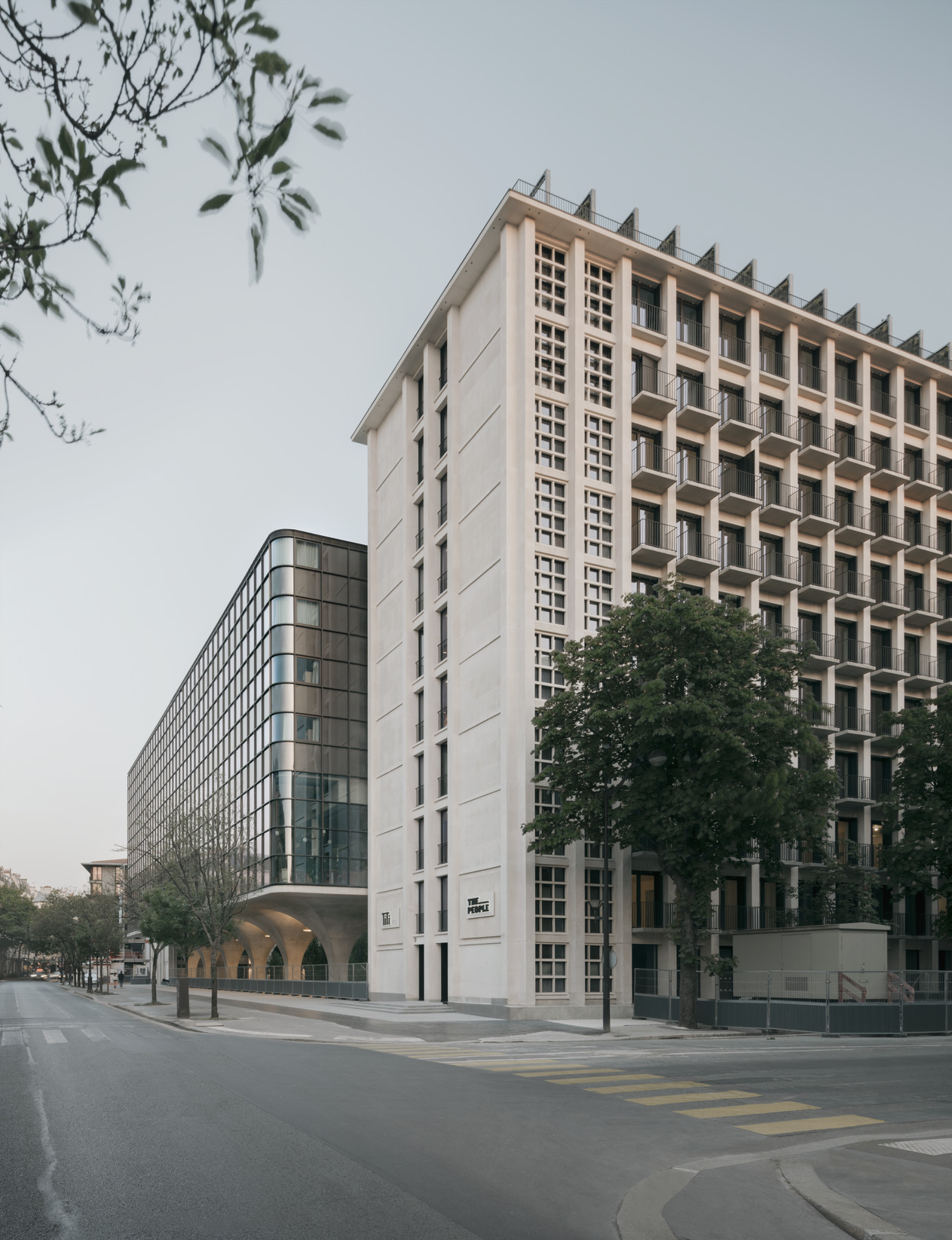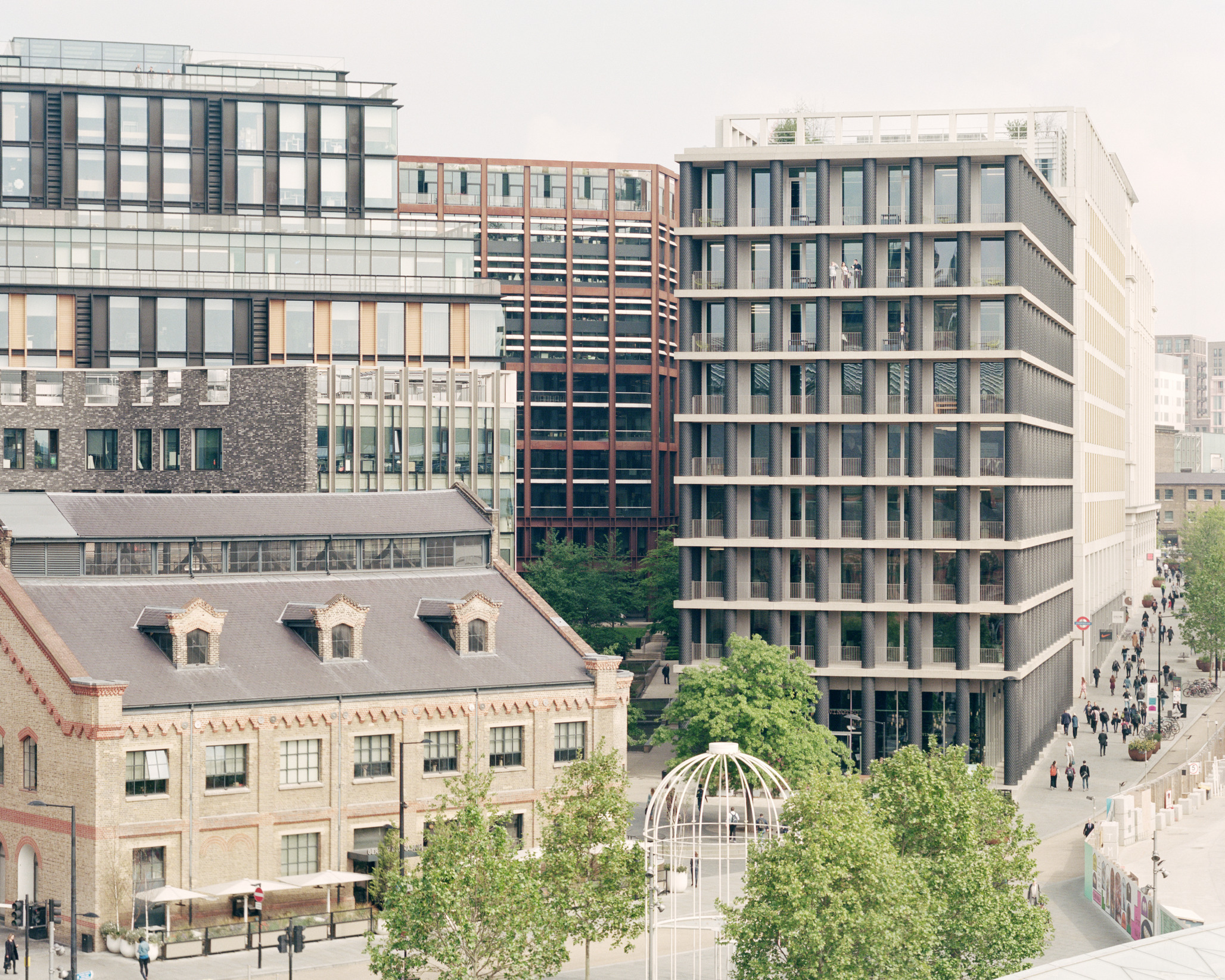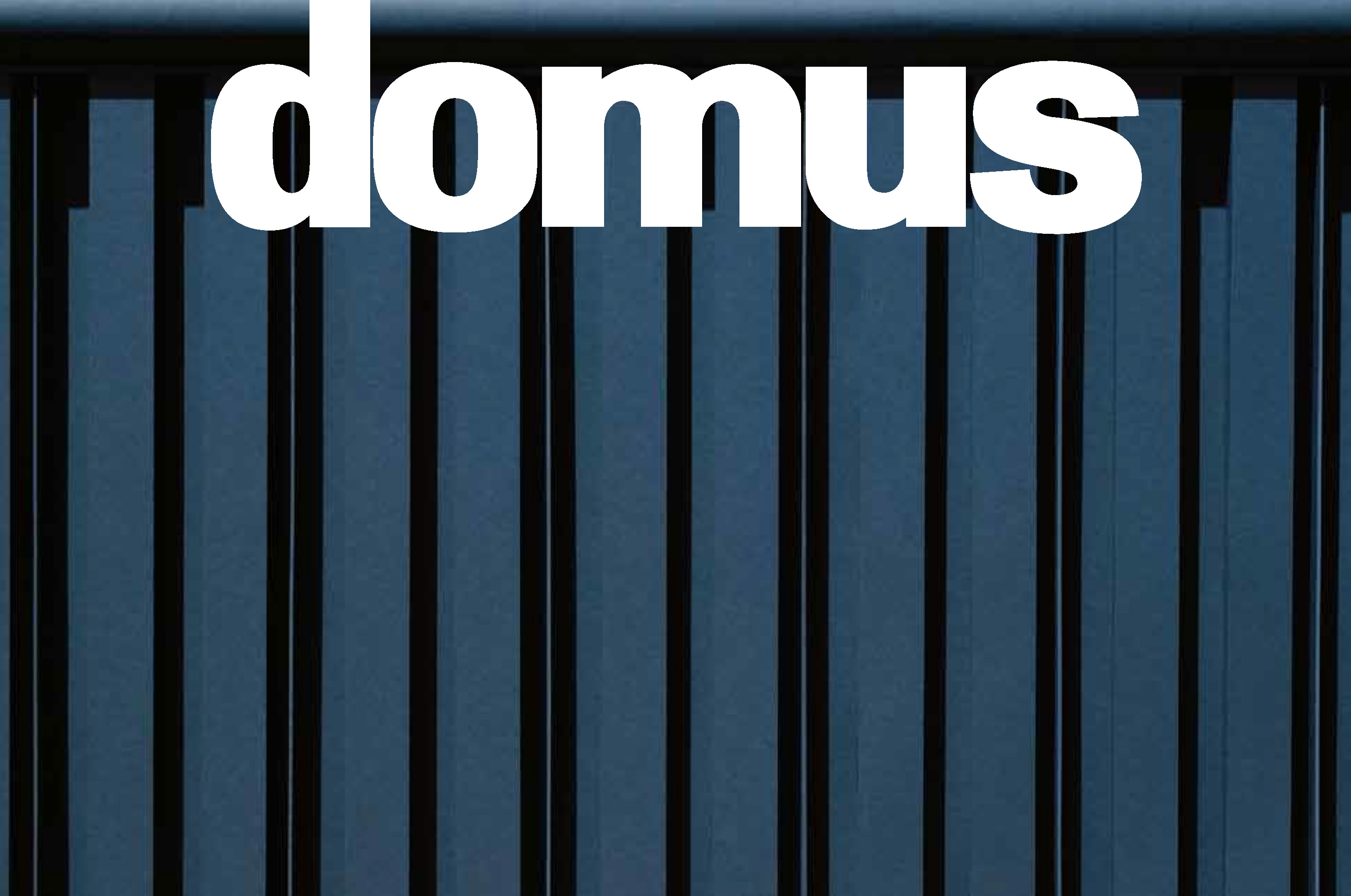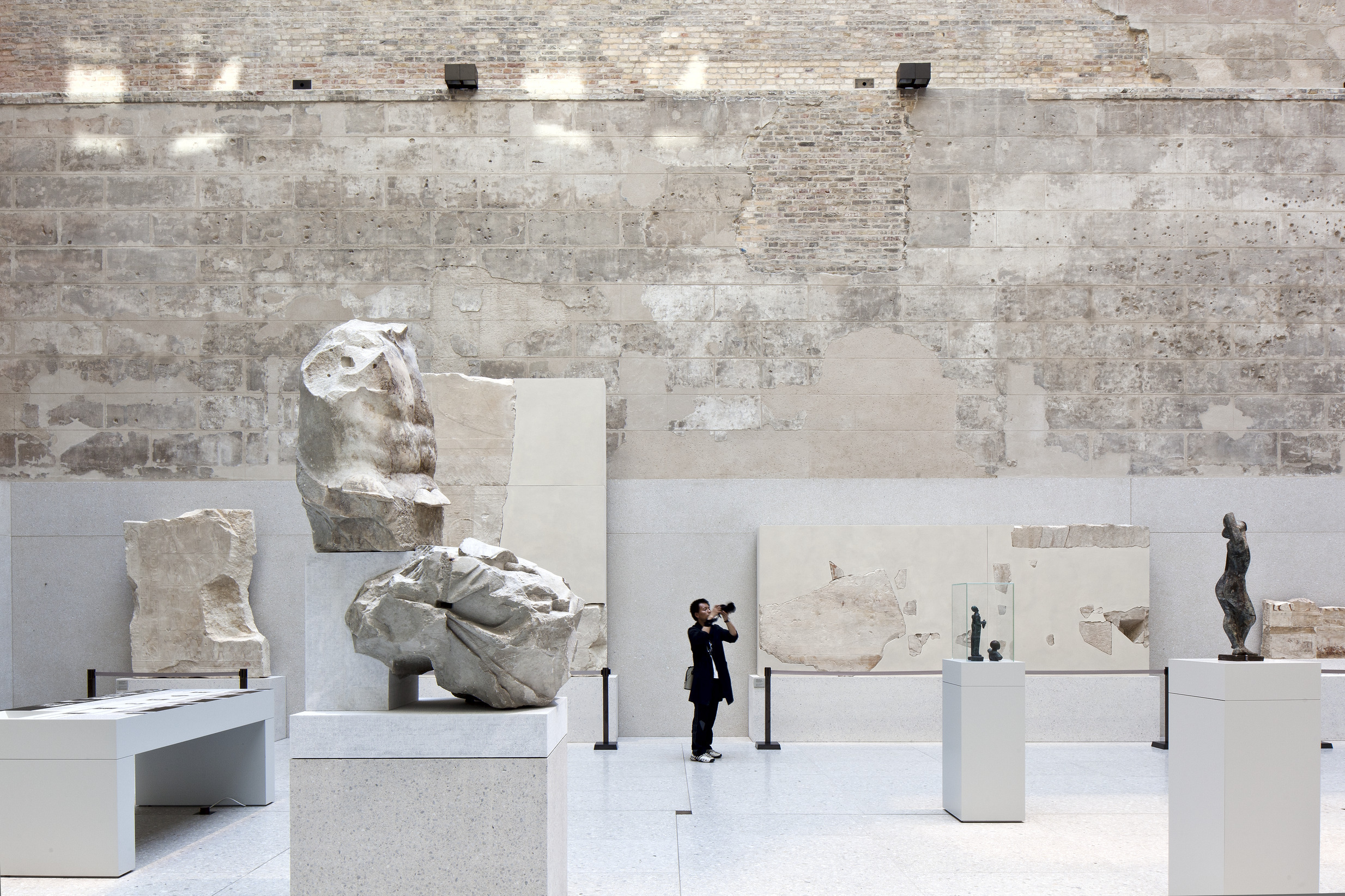Heritage, protection and identity
The practice is well known for its work with historic buildings and buildings in celebrated historic settings, including 13 projects across 10 UNESCO World Heritage Sites. The process of working on projects of historical and socio-cultural significance has not only profoundly shaped the practice’s collaborative design methodology, but also broadened its understanding of heritage, collective memory and how we protect the values of place and identity.
Working within the charged environment of post-reunification Berlin and the war-damaged nineteenth century Neues Museum was a formative experience for the practice. The project, conducted under intense public scrutiny, required a close collaboration with a complex client body and a range of experts in order to draw together an understanding of memory and meaning, the physical substance that remained and the ambitions for the new institution. What guided the project was not a singular idea of what the building should look like, but rather an agreed process for evaluating the treatment of its fabric and any new additions, and a common ambition to restore the form and figure of the original building without resorting to historical pastiche.
The restoration and repair of the existing fabric of the Neues Museum was driven by the idea that the original structure should be emphasized in its spatial context and original materiality – the new reflects the lost without imitating it.
Lessons from the Neues Museum have since been applied elsewhere, including the Royal Academy of Arts in London, the Procuratie Vecchie in Venice and the Rockbund Project in Shanghai. These projects place an emphasis on designing in dialogue with the building fabric and addressing issues as they emerge on site. The promotion of heritage on such projects often expands into decisions regarding the use of materials, as well as the intangible heritage of craftsmanship and building techniques. Such an approach has also been applied to more recent and modernist constructions such as the practice’s refurbishment of the Mies van der Rohe’s Neue Nationalgalerie in Berlin.
The experience of working on the eleven buildings of the Rockbund in Shanghai reinforced the value of undertaking the more complex task of reusing and restoring existing buildings over the seemingly simpler approach of demolition and reconstruction, as had initially been proposed.
The practice recognises that architecture is not a static artefact; a building must continue to serve a purpose and contribute to its wider setting. To protect is therefore not always to freeze in time but to continue to develop a building’s ongoing history. Working with heritage inevitably involves the negotiation of values: not only the original design ideas or appearance, but also the history of a building’s construction, fabric and the origins of its materials, subsequent modifications, past uses, users, associations and its physical contribution to the urban form and quality of life. The latter has become an increasing concern for the practice as heritage and tourism agendas can narrow the perception of a building’s values and uses.
While the Procuratie Vecchie defines one of the most popular tourist destinations in the world, the ambition of the project was not only to safeguard the future of this piece of heritage but also to revive its historic function as a place of work.
While there is a common understanding for the need to preserve architectural masterpieces, the practice advocates for the retention of more recent layers and prosaic constructions in order to enrich the socio-cultural identity of places in an increasingly homogenised world. This approach closely aligns with David Chipperfield Architects’ commitment to reducing the environmental impact of unnecessary demolition and new construction. As part of the ‘Reinventer Paris’ initiative, the practice was commissioned to transform an existing 1960s administrative building into a new mixed-use complex on Boulevard Morland. The practice’s winning proposals for the London School of Economics and the Canadian Parliamentary Precinct both challenged the competition briefs by calling for the retention and reuse of existing structures to serve new uses.
The previously introverted complex on boulevard Morland originally comprised a 16-storey tower flanked by two 9-storey wings. Through preserving and further extending these buildings, the complex is made accessible to the public, transforming it into an open place with the character of a campus.
Fundacion RIA, a non-profit think tank founded by David Chipperfield in 2017, has conducted extensive research into heritage and quality of life in the region of Galicia, northwest Spain. The initiative oversees projects that seek to improve the relationship between the built and natural environment, promoting the formation of community and the values of place. Rather than individual buildings, this work expands an understanding of heritage by addressing public space, conservation and procurement policy, the reactivation of degraded urban and rural areas, as well as related issues of infrastructure and mobility.

